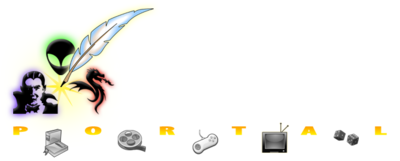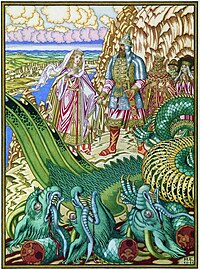
Back Портал:Фентъзи Bulgarian Wikiproyecto:Literatura fantástica Spanish Portale:Fantasy Italian Portaal:Fantasy Dutch Portal:Fantasy Polish Портал:Фэнтези Russian Портал:Фентезі Ukrainian

Selected fantasy workThe Eye of the World (abbreviated as tEotW or EotW by fans) is the first book of The Wheel of Time (WoT) fantasy series written by American author Robert Jordan. It was published by Tor Books and released on January 15, 1990. The unabridged audio book is read by Michael Kramer and Kate Reading (Jennifer Mendenhall). On January 2, 2002, The Eye of the World was re-released as two separate books aimed at a young adult literature market, with larger text and a handful of illustrations. These were From the Two Rivers and To the Blight. The former included an additional prologue entitled "Ravens", focusing on Egwene al'Vere. The American Library Association put The Eye of the World on its 2003 list of Popular Paperbacks for Young Adults. Jordan has stated that he consciously intended the early chapters of The Eye of the World to evoke the Shire of Middle-earth in J. R. R. Tolkien's The Lord of the Rings. Other strong allusions to The Lord of the Rings exist as well, particularly the incorporeal and invisible Dark Lord, the dark home realm of Mordor compared to Thakan'dar (as well as Shayol Ghul to the fiery pit of Mount Doom), obvious similarities between Trollocs and Orcs, Myrddraal and Nazgûl, and Padan Fain and Gollum. Fantasy topics
Related Portals |
© MMXXIII Rich X Search. We shall prevail. All rights reserved. Rich X Search
